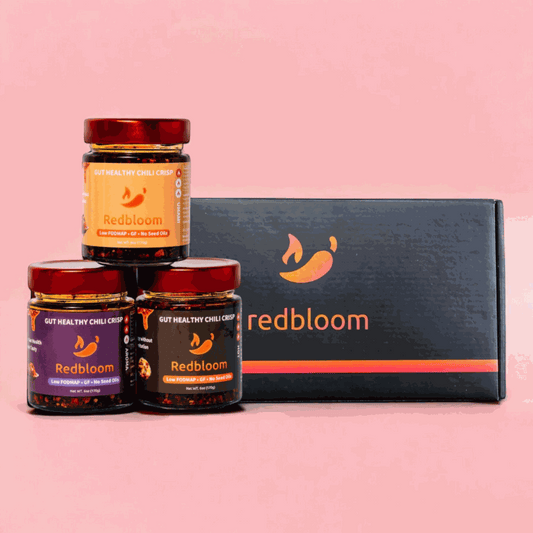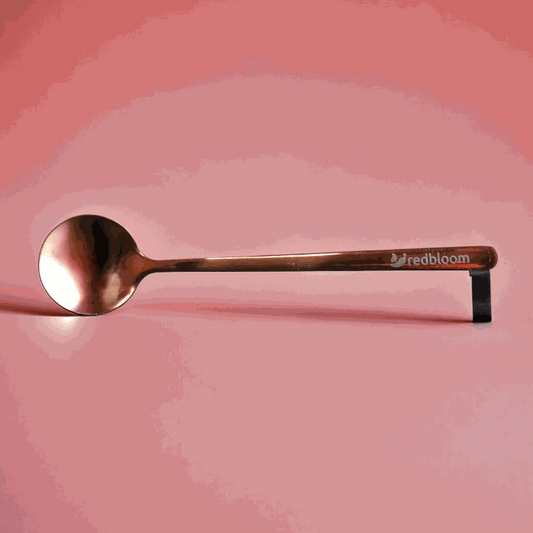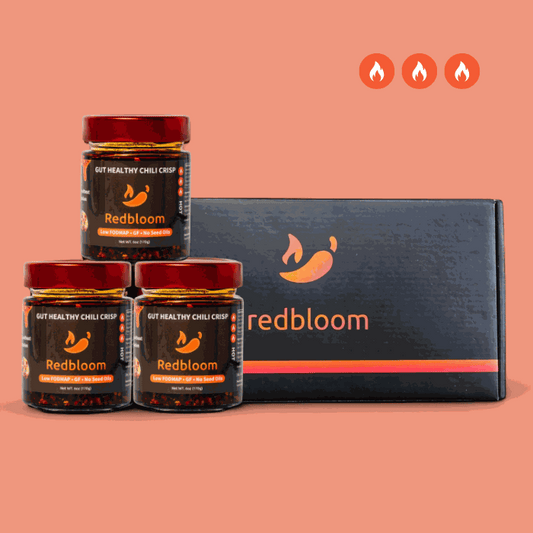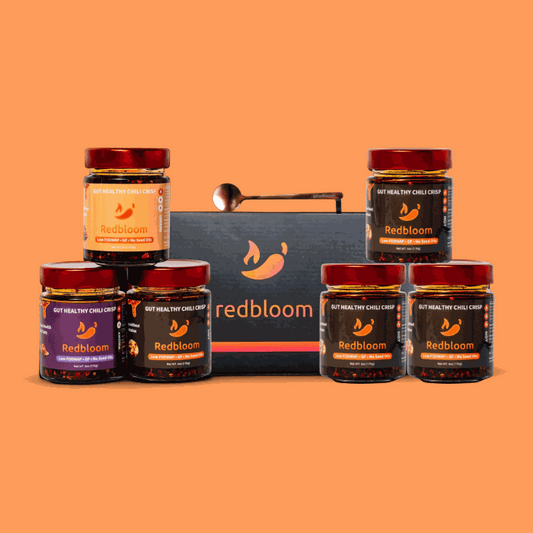Introduction
Eating for a healthy gut doesn’t have to drain your wallet. While trendy supplements and pricey organic labels get a lot of attention, the truth is that some of the most gut-friendly foods are also the most affordable. With a little planning and smart shopping, you can nourish your stomach and support your microbiome without breaking the bank.
This guide highlights five low-cost, evidence-backed foods that promote gut health. Each item is easy to find, versatile to cook with, and scientifically shown to improve digestion and microbial diversity.
Beans and Lentils (Canned or Dried)
Legumes like black beans, chickpeas, lentils, and kidney beans are among the cheapest and most effective gut-friendly foods. Whether canned or dried, they offer:
-
High levels of prebiotic fiber that feed good bacteria
-
Increased production of short-chain fatty acids (SCFAs)
-
Improved bowel regularity and immune support [1][2][3]
Dried legumes are usually the most economical per serving, but low-sodium canned versions are perfect for quick meals.
Oats and Whole Grains
Whole grains like oats, brown rice, and whole wheat pasta are inexpensive pantry staples that offer lasting benefits to your gut. They contain:
-
Beta-glucans and other fibers that nourish gut microbes
-
Anti-inflammatory properties
-
Blood sugar-stabilizing effects [1][2][4]
Make overnight oats, grain bowls, or hearty soups part of your weekly routine to keep your stomach balanced.
Seasonal Fruits and Vegetables
Buying produce in season not only saves money but maximizes nutrition. Gut-friendly examples include carrots, apples, onions, spinach, and kale. These foods:
-
Are rich in prebiotic fibers and antioxidants
-
Support gut barrier integrity
-
Promote the growth of beneficial microbes like Bacteroidetes and Akkermansia [2][3][5]
Choose fresh produce when prices are low, or freeze extras for later use.
Plain Low-Fat Yogurt and Fermented Foods
Fermented foods are natural probiotics. Plain low-fat yogurt, sauerkraut, and kimchi offer gut-healing benefits without the premium price tag. These foods:
-
Increase microbial diversity
-
Support immune health
-
Reduce inflammation [2][6]
Look for live active cultures on yogurt labels, and opt for unflavored versions to avoid added sugars.
Canned or Frozen Berries and Vegetables
Shelf-stable options like frozen broccoli, spinach, and berries provide the same nutrients as fresh and are often cheaper. These:
-
Deliver fiber, antioxidants, and prebiotics
-
Are budget-friendly and long-lasting
-
Reduce food waste while supporting digestion [3][5][7]
Choose versions without added sugar or salt to keep your gut and wallet happy.
FAQs:
1. Are canned and frozen foods really as nutritious as fresh ones?
Yes—especially for gut health. As long as there are no added sugars or high sodium, frozen and canned produce retain fiber and nutrients essential for your microbiome. [3][5]
2. What’s the best budget-friendly probiotic food?
Plain low-fat yogurt with live cultures is widely available, low-cost, and backed by clinical trials for improving gut diversity. [6]
3. How can I eat more prebiotics without spending a lot?
Focus on beans, oats, onions, and apples—they’re all high in prebiotic fiber and easy to find on a budget. [1][2][7]
4. Is it better to buy organic for gut health?
Not necessarily. While organic options are great, conventional versions of beans, grains, and seasonal produce still provide gut-supportive nutrients at a lower cost. [3]
5. How can I keep my gut healthy if I have very limited cooking skills?
Start with canned beans, frozen veggies, and yogurt. These require little to no prep but still support a healthy gut. [3][6]
Conclusion
Nurturing your gut doesn’t require expensive groceries or elaborate meal prep. With simple ingredients like legumes, whole grains, seasonal produce, and fermented foods, you can build a gut-friendly diet that fits any budget. The key is choosing nutrient-dense, fiber-rich, and minimally processed options that your microbiome loves.
Eating well for your gut is one of the most empowering, accessible forms of self-care—and it starts right in your grocery cart.
Citations
[1] https://pmc.ncbi.nlm.nih.gov/articles/PMC10773664/
[2] https://pmc.ncbi.nlm.nih.gov/articles/PMC8153313/
[3] https://pmc.ncbi.nlm.nih.gov/articles/PMC11052742/
[4] https://pmc.ncbi.nlm.nih.gov/articles/PMC4303825/
[5] https://pmc.ncbi.nlm.nih.gov/articles/PMC9455721/
[6] https://med.stanford.edu/news/all-news/2021/07/fermented-food-diet-increases-microbiome-diversity-lowers-inflammation.html
[7] https://pmc.ncbi.nlm.nih.gov/articles/PMC9442469/





